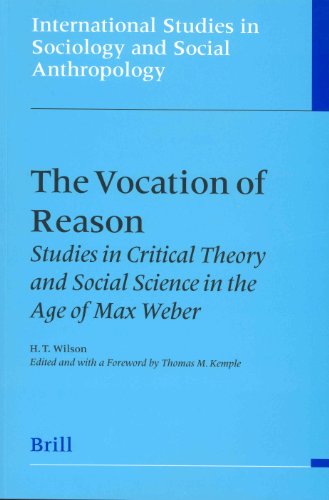- 2 402 202 книги
- Поиск
libcats.org










Главная →
Excavations at Tall-e Bakun a: Seasons of 1932 And 1937, the Origins of State Organizations University of Chicago Oriental Institute Publications) ... Institute of the University of Chicago
Excavations at Tall-e Bakun a: Seasons of 1932 And 1937, the Origins of State Organizations University of Chicago Oriental Institute Publications) ... Institute of the University of Chicago
Abbas AilzadehThe late prehistoric Bakun A culture in Fars is a major source of information on the initial development of the evolutionary path which vertical mobile pastoralists of highland Iran may have taken to develop state organisations. Long before the appearance of administrative technology and physical segregation of administration, production, storage, and residential units in urban centers of the second half of the fourth millennium BC, Tall-e Bakun A, near Persepolis in the Marv Dasht region of Fars, stands as one of the precursors to the complex societies of the fourth millennium BC early urban centres. The present publication presents the final report of the last season's excavations at Tall-e Bakun A. The archaeological materials from this season are combined with the results of other pertinent data from surveys and excavations in the Near East to provide a foundation upon which pre-state social evolution in late prehistoric highland Fars has been reconstructed and interpreted. Based on the analysis of the available archaeological data as well as historical and ethnographic sources, Alizadeh argues that the specialised manufacture and administrative aspects at Tall-e Bakun A indicate the existence of differential status at the site, where a few families or ranking individuals controlled the manufacture and flow of goods.
Популярные книги за неделю:

Проектирование и строительство. Дом, квартира, сад
Автор: Петер Нойферт, Автор: Людвиг Нефф
Размер книги: 20.83 Mb

Система упражнений по развитию способностей человека (Практическое пособие)
Автор: Петров Аркадий НаумовичКатегория: Путь к себе
Размер книги: 818 Kb

Сотворение мира (3-х томник)
Автор: Петров Аркадий НаумовичКатегория: Путь к себе
Размер книги: 817 Kb

Радиолюбительские схемы на ИС типа 555
Автор: Трейстер Р.Категория: Электротехника и связь
Размер книги: 13.64 Mb

Момент истины (В августе сорок четвертого...)
Автор: Богомолов Владимир ОсиповичКатегория: О войне
Размер книги: 1.83 Mb
Только что пользователи скачали эти книги:

You Must Be Certain of the Devil
Автор: Galas DiamandaКатегория: Песенники и тосты
Размер книги: 3 Kb

The Vocation of Reason: Studies in Critical Theory and Social Science in the Age of Max Weber (International Studies in Sociology and Social Anthropology)
Автор: Hugh T. Wilson
Размер книги: 1.55 Mb

Calculus and Analytic Geometry (9th Edition)
Автор: George B. Thomas, Автор: Ross L. Finney
Размер книги: 34.62 Mb

The Autobiography of the Most Lethal Sniper in US Military History
Автор: Kyle ChrisКатегория: fiction
Размер книги: 4.92 Mb

First: What It Takes to Win (Epub, Mobi & PDF)
Автор: Rich FroningКатегория: Christian
Размер книги: 7.39 Mb






